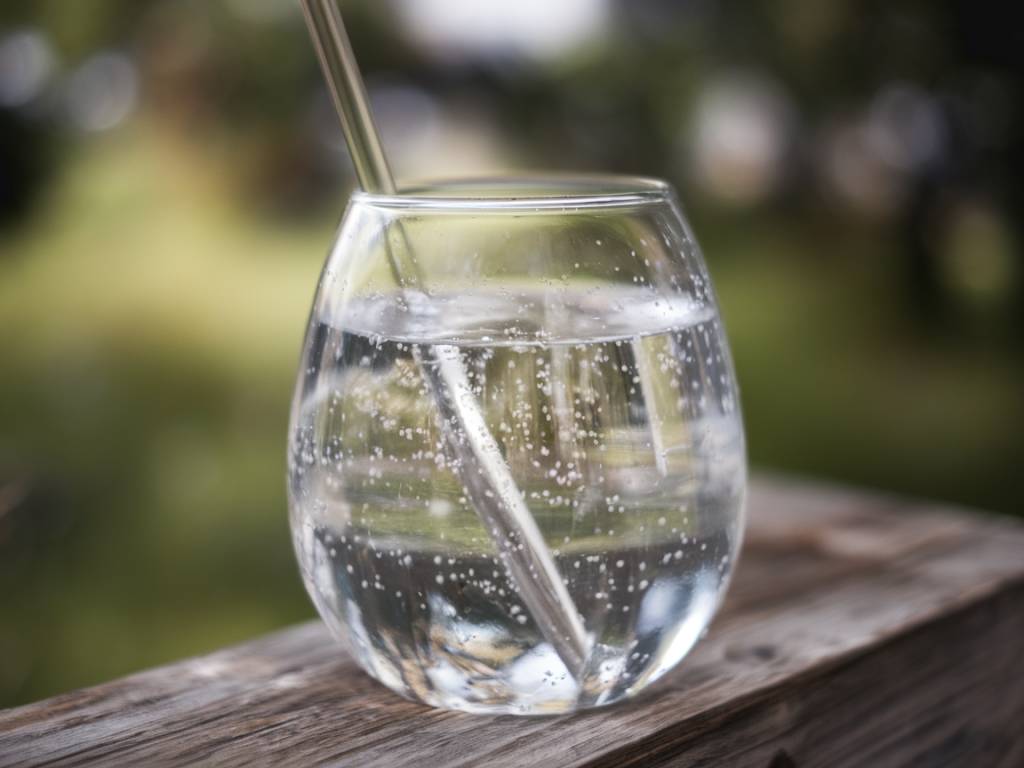Microplastics in Water: Are You Drinking Plastic?
Have you ever wondered what’s really in your drinking water? While we often focus on contaminants like bacteria and heavy metals, there’s another invisible threat lurking in our tap and bottled water—microplastics. These tiny plastic particles are everywhere, including the water you drink every day.
What Are Microplastics?
Microplastics are minuscule plastic particles that measure less than 5mm in size. They originate from a variety of sources, including degraded plastic waste, synthetic fibers from clothing, and even microbeads found in personal care products. Because of their microscopic size, they easily infiltrate our environment, including our water supply.
You might think that microplastics only come from pollution in rivers or oceans, but studies show they are also present in tap water, bottled water, and even rainwater. So, whether you’re drinking from the tap or a sealed bottle, there’s a high chance you’re consuming plastic without realizing it.
How Do Microplastics Get Into Our Water?
Microplastics enter our water supply through various pathways:
- Plastic Waste Degradation: Over time, plastic waste in landfills and oceans breaks down into microscopic particles, which eventually find their way into the water we drink.
- Fibers from Laundry: Every time you wash synthetic clothing, tiny fibers are released and end up in wastewater, which can then end up in rivers and drinking water sources.
- Bottled Water Contamination: Research suggests that bottled water often contains more microplastics than tap water, possibly due to the plastic packaging.
- Airborne Plastic Particles: Microplastics are now found in the air we breathe. These airborne particles eventually settle in water bodies, further contaminating our supply.
The Potential Health Risks of Microplastics
While the long-term effects of microplastic consumption are still being studied, researchers have raised serious concerns about their impact on human health. Potential risks include:
- Hormone Disruption: Some plastics contain chemicals like bisphenol A (BPA) and phthalates, which are known endocrine disruptors that can interfere with hormonal balance.
- Cellular Damage: Studies suggest that microscopic plastic particles can cause inflammation and stress in human cells.
- Toxin Absorption: Microplastics have been found to attract and absorb harmful pollutants such as heavy metals and pesticides, which can then be ingested along with the plastic itself.
- Gut Health Concerns: Scientists are investigating how microplastics affect gut bacteria, potentially contributing to digestive issues or weakening the immune system.
Although more research is needed, the current findings suggest that minimizing plastic consumption in drinking water should be a priority for health-conscious individuals.
How to Reduce Microplastics in Your Drinking Water
The good news is that you can take action to reduce your exposure to microplastics. Here are some practical steps:
- Use a High-Quality Water Filter: Not all water filters are designed to remove microplastics. Look for filters with advanced filtration technologies, such as carbon block filters or reverse osmosis systems.
- Avoid Bottled Water: Whenever possible, opt for filtered tap water instead of bottled water to minimize direct consumption of plastics from packaging.
- Store Water in Glass or Stainless Steel: Instead of plastic containers, use glass or stainless steel bottles to prevent plastic leaching into the water.
- Be Mindful of Household Microplastic Sources: Use a fiber-catching laundry bag to reduce microplastic shedding from synthetic clothes during washing.
- Support Sustainable Practices: Reduce overall plastic consumption by choosing sustainable products and advocating for better waste management policies.
What Lies Ahead?
As awareness grows, researchers and environmentalists are working to better understand and address microplastic contamination. Governments and organizations are also implementing stricter regulations on plastic waste. However, individual choices still make a significant difference.
The presence of microplastics in drinking water highlights the urgent need to rethink how we interact with plastic in our daily lives. By making informed choices about our water sources and filtration methods, we can reduce plastic exposure and contribute to a cleaner, healthier future. After all, water should nourish our bodies—not fill us with plastic.
How are you ensuring your drinking water stays as pure as possible? Let’s start the conversation in the comments below.
